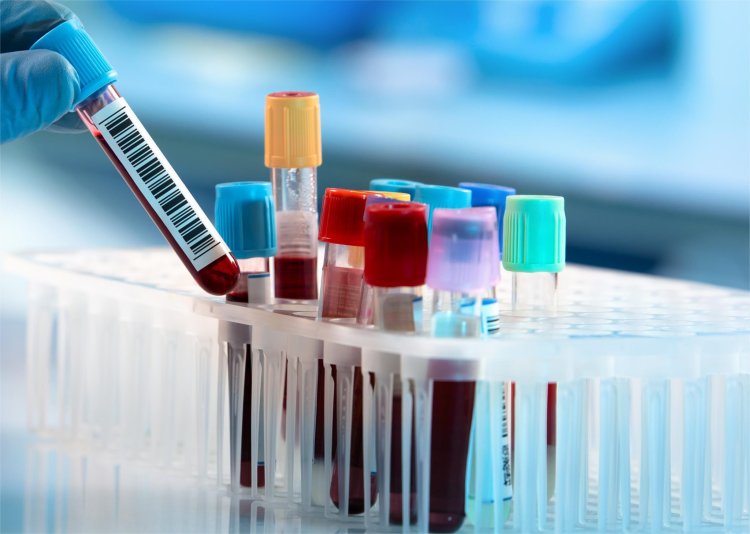Development of Nanobody-Based Drug Delivery Systems
Nanobodies, also known as single-domain antibodies, have gained much attention in recent years due to their potential in various biomedical applications including drug delivery systems.
Share this Post to earn Money ( Upto ₹100 per 1000 Views )

Nanobodies are small antibody fragments derived from naturally occurring heavy-chain antibodies found in camelids, such as camels and llamas. They are composed of a single monomeric variable domain, making them much smaller than conventional antibodies.
The development of nanobody-based drug delivery systems began with the discovery of camelid antibodies in the early 1990s. These antibodies were found to have several unique properties that made them ideal candidates for drug delivery applications. One of the key advantages of nanobodies is their small size, which allows them to penetrate tissues more effectively than conventional antibodies. They also have a high degree of stability and solubility, making them suitable for various routes of administration.
One of the first applications of nanobodies in drug delivery was the development of targeted drug delivery systems. Nanobodies can be engineered to specifically target tissues or cells of interest by conjugating them to therapeutic agents. This targeting ability minimizes off-target effects and increases the efficacy of the drug. For example, nanobodies have been successfully used to deliver chemotherapeutic agents to tumor cells, resulting in improved cancer treatment outcomes.
In addition to targeted drug delivery, nanobodies have also been utilized as carriers for various types of therapeutics, including small molecules, peptides, and nucleic acids. Nanobodies can be conjugated to these therapeutic agents to enhance their stability, improve their pharmacokinetics, and facilitate their delivery to specific tissues. This approach has been particularly useful in the development of gene therapy and RNA-based therapeutics, where efficient delivery to target cells is crucial for therapeutic success.
The versatility of nanobodies has led to the development of a wide range of nanobody-based drug delivery systems for various diseases, including cancer, infectious diseases, and inflammatory disorders. For example, nanobodies have been used to deliver anti-inflammatory drugs to inflamed tissues, resulting in reduced inflammation and tissue damage. Nanobody-based drug delivery systems have also been developed for the treatment of infectious diseases, such as viral infections, where nanobodies can target and neutralize viral particles.
The success of nanobody-based drug delivery systems has spurred further research and innovation in this field. Scientists are continuously exploring new ways to optimize nanobody properties for drug delivery applications, such as improving their stability, enhancing their targeting specificity, and increasing their cargo capacity. Recent advancements in nanobody engineering, such as the development of bispecific nanobodies that can target multiple antigens simultaneously, have further expanded the potential applications of nanobody-based drug delivery systems.
The development of nanobody-based drug delivery systems represents a significant advancement in the field of biomedicine. Nanobodies offer unique advantages over conventional antibodies, including their small size, high stability, and targeting specificity. These properties make them valuable tools for the design of targeted drug delivery systems for a wide range of therapeutic applications. With ongoing research and innovation, nanobody-based drug delivery systems hold great promise for the future of precision medicine.

 beckydavis
beckydavis 





